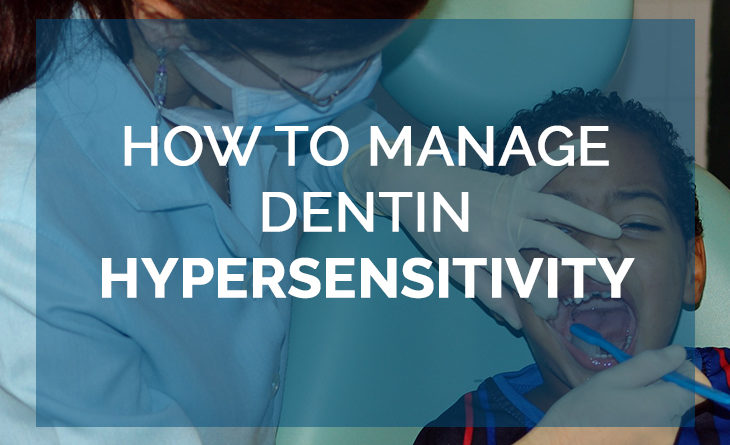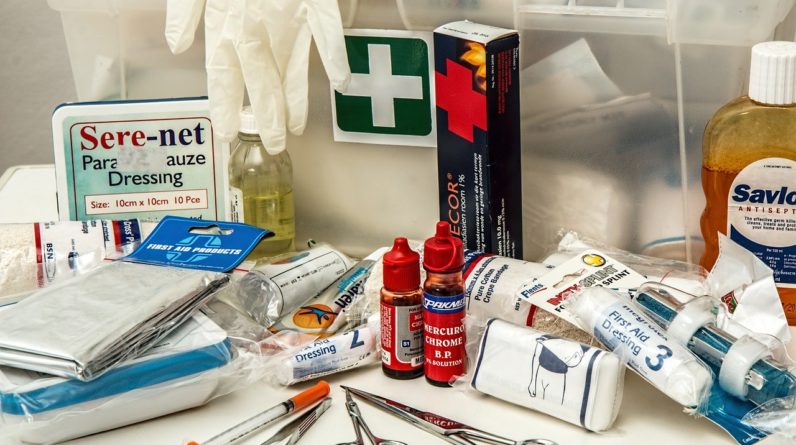
If you have ever had a toothache, then you understand how one tooth can spoil your day. More often than not, toothaches are caused by a particular dental disease but sometimes this is not the case. Dentin hypersensitivity is dental pain that is not linked to any dental disease. The pain is usually sharp in character and of short duration. The pain is caused by the exposure of dentin surfaces to painful stimuli. 75% of people with dentin hypersensitivity report pain upon application of a cold stimulus. Hot drinks and foods also exacerbate the pain. Hypertonic solutions like soda and juice also make the pain worse. Sometime dentine hypersensitivity is so bad that a simple sigh can leave you writhing in pain. So how does a simple tooth become such a nuisance?
Dentin hypersensitivity is linked to gingival recession (receding gums). This is the exposure in the roots of teeth caused by the loss of gum tissue. The subsequent exposure of the dentine is what leads to a lot of pain. Receding gums are mostly a consequence of long-term trauma. Forceful tooth brushing and the use of abrasive toothpaste are implicated in gum trauma. Although it’s common knowledge that we should brush our teeth after every meal, excessive tooth brushing may lead to gum recession and dentin hypersensitivity. Acid erosion also causes dentin hypersensitivity and this is popular among people with gastroesophageal reflux disease. Dental bleaching and smoking have also been linked to dentin hypersensitivity.
Now that we know what causes a hypersensitive dentin, it’s crucial to know how to manage it. The pain of dentin hypersensitivity can bring your world to a standstill. If you can make it to the dentists, book the next available appointment, especially if the pain is continuous and unbearable. In-office management of dentin hypersensitivity is complex and it requires a professional hand to deal with the problem. Dentists can lay down fillings over the exposed root that is causing the sensitivity or apply dental sealants. Teeth grinding may be the cause of your dentin hypersensitivity. The use of retainers or specially made night guards curbs teeth grinding and relieve a sensitive dentin.
Fluorides have also proven to be effective in managing dentin hypersensitivity. These compounds reduce the permeability of dentin. Moreover, potassium nitrate has a topical application that reduces dentin permeability. These topical applications come as aqueous solutions or adhesive gels. Oxalates are a more consistent solution compared to potassium nitrate and fluorides. With developments in modern dental medicine, adhesives have become the go-to solution for the management of dentin hypersensitivity. Adhesives have improved desensitization and they include varnishes, bonding agents and restorative materials. Low output lasers have also been suggested as a management option for sensitive dentin but this option is still new.
Charity begins at home and so does treatment. The management of dentin hypersensitivity can easily be managed at home. Desensitizing toothpaste is the most popular treatment option in the market. It blocks neural transmission of pain from an aching tooth. This toothpaste has proved to be successful in the management of sensitive dentin. It has compounds that interfere with the action potential of nerves within teeth and impede the transmission of pain impulses. Although potassium-containing toothpaste is more common, their exact mechanism of action is unclear. Desensitizing chewing gums and mouthwashes are also available in the market. Research shows that mouthwashes containing some potassium salts and fluorides which can reduce dentine hypersensitivity though to an insignificant degree.
When it comes to dentin hypersensitivity, over the counter remedies have become the norm. The reason behind the popular use of over the counter remedies is the cost-effectiveness of this option. Most of these remedies are just toothpaste with a different mode of actions to curb dentin hypersensitivity. Occlusion of dentin tubules is one of the mechanisms that have been reported to relieve the pain of sensitive dentin. Stannous fluoride is a compound that utilises this mode of action. Fluoride ions from stannous fluoride occlude the surface of exposed dentin and dentin tubules. Stannous fluoride is used in Sensodyne products that are offered over the counter.
One way to manage a problem is to deal with its cause. Getting a new toothbrush is enough to relieve the pain of sensitive dentin. More often than not, we get hypersensitive dentin from using old toothbrushes that cause trauma or brushing vigorously. Brush your teeth gently and use a new toothbrush, you shall feel the difference. Changing your menu to avoid acidic foods will also go a long in managing dentine hypersensitivity. Maintaining good oral hygiene prevents the exposure of dentine. If you already have dentine hypersensitivity, poor oral hygiene will only make the situation worse. So follow the golden rule of good oral hygiene. Brush after every meal and floss.





